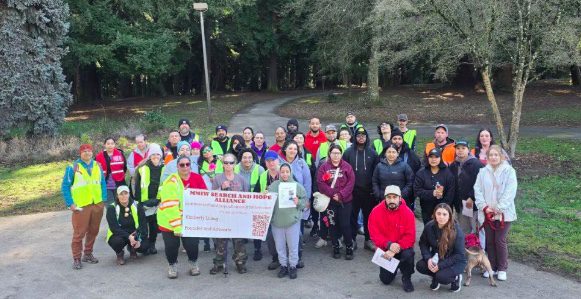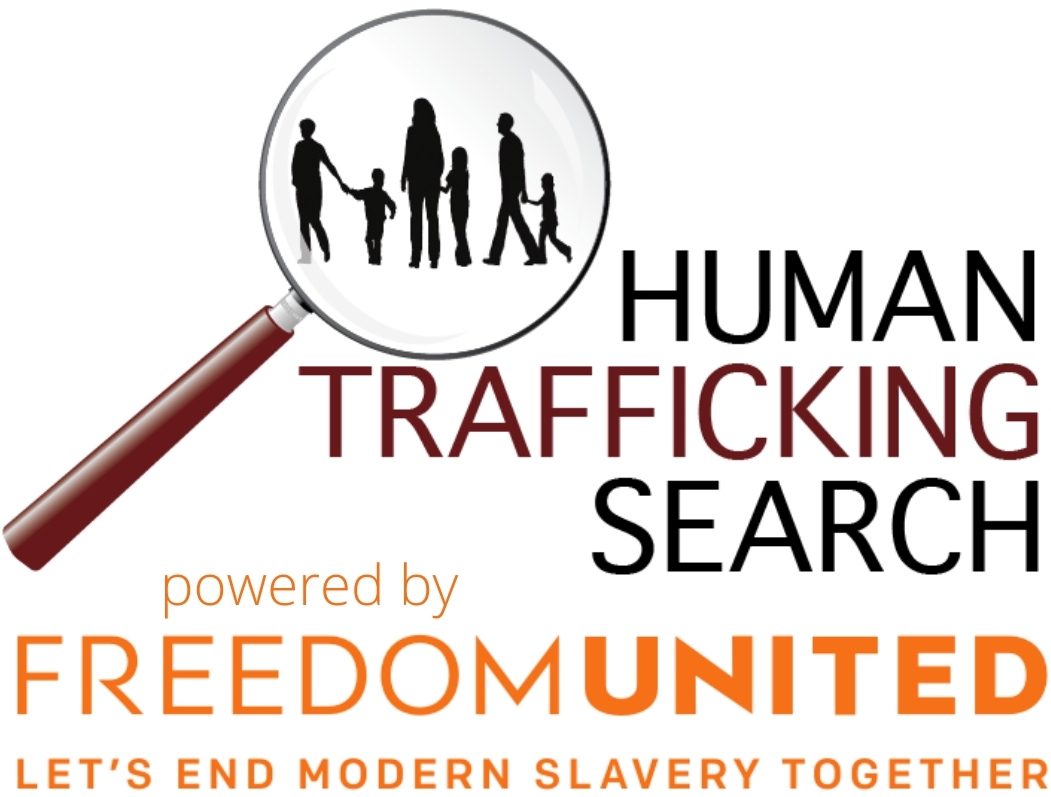
Taking it past awareness: confronting the MMIP-trafficking nexus
Missing and Murdered Indigenous People (MMIP) and human trafficking are interwoven crises fueled by the same structural violence — and they must be addressed together through Indigenous-led, systemic solutions. So, to acknowledge this International Day of the World’s Indigenous Peoples on August 9, we are unpacking this harrowing and ongoing interconnected crisis: the disproportionate number of MMIP, especially women, girls, and Two-Spirit individuals, who are victims of human trafficking. MMIP are often not isolated tragedies, but similiar to the the causes of trafficking, are a result of a systemic pattern rooted in colonial violence, racism, and policy failures.
For this piece, I, Ellie Finkelstein, Campaigner and News Editor at Freedom United, spoke with Brandie Dieterle Raddadi, a member of the Board of Directors at Freedom United. Brandie is a human trafficking expert and an Indigenous survivor of sex trafficking. She is deeply involved with MMIP advocacy and search efforts in the state of Oregon, and her lived experience and frontline work are essential to understanding the reality of this crisis.
The research is consistent, yet the issue is persistent
Research consistently finds Indigenous women and girls most at risk for trafficking, with high overlap among MMIP cases. To make matters worse, these communities are often overlooked by global anti-trafficking efforts, an issue you can learn more about in Freedom United’s report, “Indigenous peoples and the and the anti-trafficking sector’s blind spot.”
According to a new report by Reuters, despite being only 5% of the population, Indigenous women and girls account for over 50% of trafficking victims in Canada.[1] In urban centers like Winnipeg and Vancouver, 60–80% of sexually exploited youth are Indigenous.[2]
In the U.S., reports show Indigenous people are disproportionately affected; for example, in Minnesota, nearly half of Indigenous women in sex work met the legal definition of sex trafficking.[3] In fracking regions with “man camps,” rates of sexual assault, trafficking, and violent victimization of Native women have doubled or tripled.[4]
However, exact trafficking rates are hard to quantify due an array of systematic failures, as Brandie and I discuss below. Nevertheless, research consistently finds Indigenous women and girls most at risk for trafficking, with high overlap among MMIP cases.
